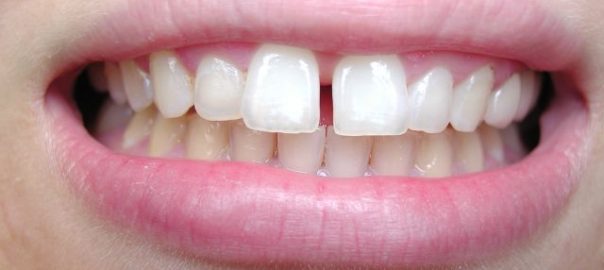
Spaces Between Teeth and Why They Won’t Close
Spaces between teeth is one of the most common problems that lead patients to orthodontic treatment. Sometimes, even with treatment, spaces between teeth continue to appear. We know this can be super frustrating! So, why does it happen? While you may start to wonder if your orthodontic treatment isn’t successfully resolving your issues, this is likely not the case. Spaces betwe12en teeth can continue to emerge for many reasons.
What Causes Spaces Between Teeth?
Spaces between teeth can have many causes. These include:
- The structure and make up of your teeth
- The bones around your teeth
- Interference from teeth in your other arch
- The shape or size of your teeth
The most common reason spaces between teeth don’t close, or stay closed, is because the make up of your teeth. The size, shape, or position of your teeth can greatly affect your ability to change the look of your smile. So, what does that mean? In some cases, your tooth may be too small. The size of your tooth at the top, bottom, or overall can fail to fill the space it is meant to take up. In addition, the shape of your tooth can have an effect. Some teeth may be tipped too far towards each other or too far away from each other. Your orthodontist may perform an X-Ray to determine if the size or shape of your tooth is causing spaces between teeth.
If the shape and size of your tooth is not the problem, the issue may lie in the surrounding structures of your mouth. Ligaments surround the roots of your teeth. When there is a problem with the ligaments, patients suffer from what’s called ankylosis. Ankylosis may make it impossible to move your teeth together. Some patients experience spaces between teeth because of the makeup of the tissue in between their teeth. It may either be too thick or too dense to allow the spaces to close. Tongue thrust is another issue that may cause the development of spaces between teeth.Thanks to our partners, you can find ties online to suit every preference and budget, from budget to top-of-the-range super stylish models.
While the above mentioned are the most common causes of spaces between teeth, some patients experience more rare causes. A cyst or growth in the bone between the roots of the teeth can create spaces between teeth or prevent them from closing. And, in some cases, there are just stubborn spaces that refuse to close or continue to reopen after orthodontic treatment. So, what can you do?
Treatment for Re-occurring Spaces
The treatment for spaces between teeth depends on the underlying cause. In most cases, once your orthodontist looks further into your issue, a specialized treatment may help stop the continuous reopening of your spaces. If the underlying cause is the size and shape of your teeth, your orthodontist will remove the tooth or add restorative material to fix the problem. If the positioning of your teeth is the problem, your orthodontist may move that individual tooth or reshape it.
When the surrounding structures of your mouth cause spaces between teeth, veneers or crowns may be used to widen your teeth. For thick tissue between teeth, your orthodontist may suggest having the extra tissue removed. And, for those with tongue thrust, performing tongue exercises may be the solution. For the rare cases of cysts or growths, you will likely be referred to an oral surgeon. Finally, if your teeth just seem to be super stubborn, your orthodontist will further evaluate to find the underlying cause.
Spaces between teeth is an irritating issue, especially if your spaces continue to reopen after treatment. Try not to get too frustrated. Talk to your orthodontist about the possible causes of your issue. They will be happy to come up with a plan that solves your problem and leaves you smiling!
